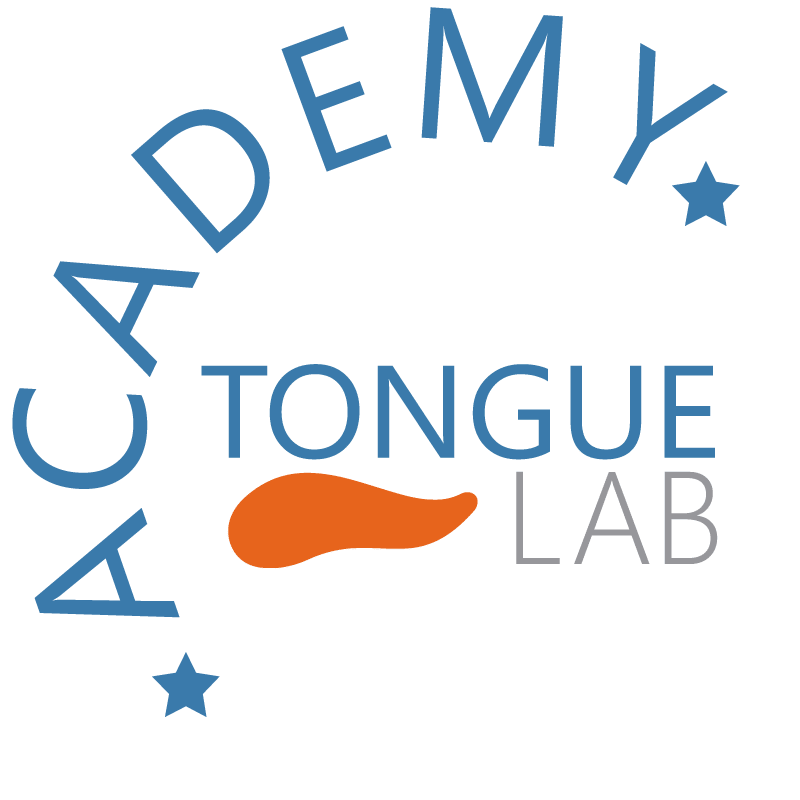The tongue is a vital organ made up of a 17 muscles network located at the crossroads of the digestive and respiratory tracts. The mobilization of some of these muscles allows it to move around the mouth. A good position of the tongue allows to perform many complex actions such as chewing food, swallowing, articulating words and sounds correctly, while maintaining good breathing.
The tongue also helps to hold the teeth in place, counteracting the pressure of the lips and cheeks inward. In addition to the position of the teeth, the tongue plays an important role in the harmonious growth face.
The tongue is a sensory organ. On the one hand, it is the organ of taste. It has many receptors that are sensitive to sweet, salty, acid and bitter flavours on its surface and allow us to taste the food. This allows a baby to discover his environment by carrying objects in his mouth. On the other hand, the tongue is an organ of touch. Teeth, certain areas of the palate, are landmarks for the tongue. Being in contact with these areas allows him to maintain his good position in the oral cavity, both in function and at rest. This good position is essential to stimulate the harmonious development of teeth, face and good breathing.
If the tongue is too large and/or incorrectly placed when swallowing or resting, this is called lingual dysfunction. In this case, only a reeducational treatment allows the tongue to regain its natural position and preserve it. Functional reeducation (mainly correcting the position of the tongue when swallowing saliva) allows the tongue to regain its landmarks, to maintain its correct position in the mouth. Such correction is essential for the stable restoration of tooth position, good breathing and its beneficial impacts on good health.
The use of the TRP (Tongue Right Positioner) device provides effective support for this reeducation.
This section presents the tongue organ and its different functions in our organism. It also helps to understand the cause of its dysfunctions: atypical swallowing.
anatomY
The anatomy of the tongue is complex. This is due to the important roles it plays in our body and its position at the crossroads of the respiratory and alimentary tracts.
To know moreFOOD
The tongue allows you to chew and swallow. Discover the concept of atypical swallowing, its consequences on digestion… and more generally on health.
To know morephonation
The tongue plays a crucial role when we speak and the existence of lingual dysfunctions can be accompanied by poor pronunciation or articulation of words such as lisp, sigmatism or swishing.
To know moreRESTING POSITION
The tongue position at rest can have consequences on the growth of bones or teeth, and on the functioning of the respiratory tracts..
To know moreBREATHING
Filtration, temperature and humidity management… discover the advantages of nasal breathing compared to oral breathing. In 80% of cases, the causes of oral breathing are related to lingual dysfunctions.
To know more
